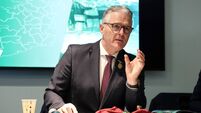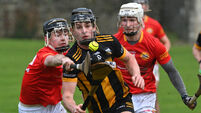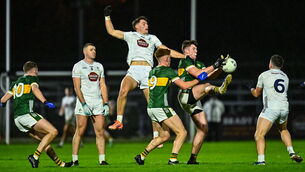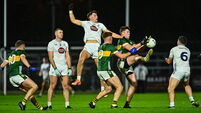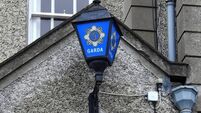Q&A: All you need to know as Cork GAA find €176k in trawl of old accounts
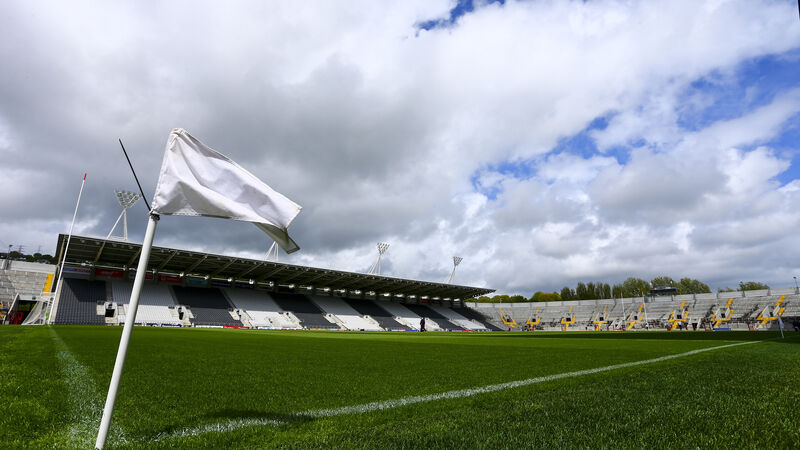
Though at least one of the seven accounts remains active on a regular basis, it appears that Cork GAA has found two blocks of accounts they weren’t aware existed until last month. Picture: INPHO/Ken Sutton
Though at least one of the seven accounts remains active on a regular basis, it appears that Cork GAA has found two blocks of accounts they weren’t aware existed until last month. There’s €176,000 accumulated, fairly evenly divided between the two blocks.




